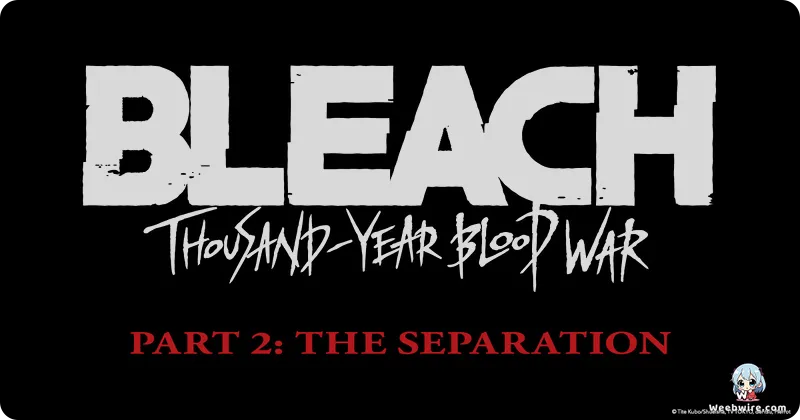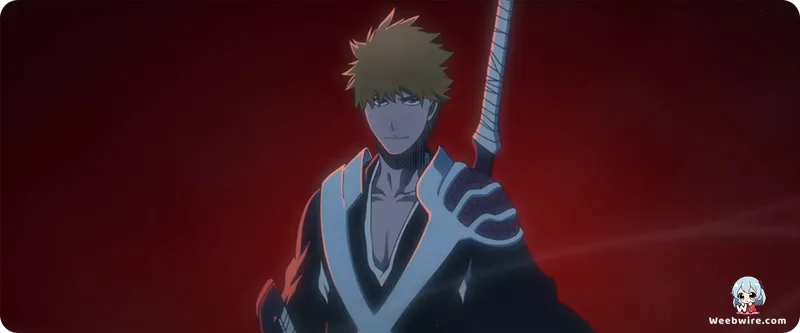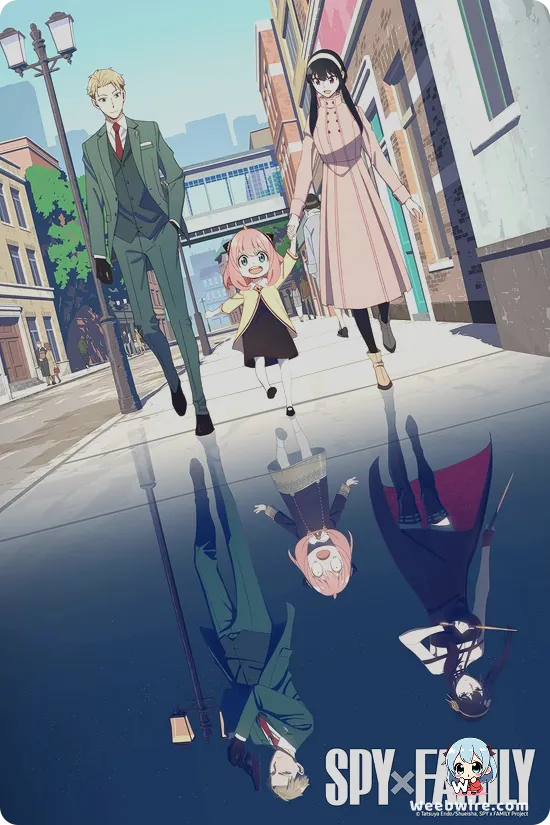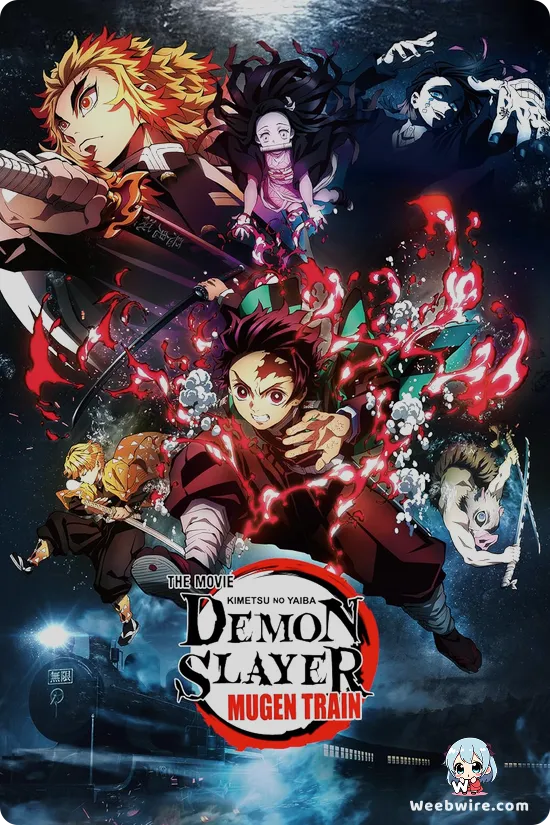Unveiling the Soul Society's Secrets: Deep Dive into BLEACH: Thousand-Year Blood War - The Separation's Hidden Lore

The highly anticipated return of the iconic anime series, BLEACH: Thousand-Year Blood War - The Separation, has captivated audiences worldwide, breathing vibrant life into the climactic final arc of Tite Kubo's legendary manga. Beyond the exhilarating battles and stunning visual spectacle, a rich tapestry of intricate facts and compelling trivia lies waiting to be discovered, promising to deepen the experience for both loyal devotees and new viewers. This latest installment of the Thousand-Year Blood War saga plunges into the profound history of the Soul Society and its age-old struggle against the Quincy, unraveling layers of lore previously only hinted at. Yet, the revelations extend far beyond the narrative, offering fascinating glimpses into the series' genesis, its beloved characters, and the enduring legacy of the animation studio that has meticulously brought this world to the screen.
Character Names and Symbolic Meanings
One of the most captivating elements of Bleach, particularly magnified within the Thousand-Year Blood War arc, is Tite Kubo's unparalleled attention to character design and the profound symbolic significance embedded within many names. Take Ichigo Kurosaki, for instance; while his name is often mistakenly translated as 'strawberry,' Kubo’s true intention for 'Ichigo' (一護) was 'one protector.' This subtle linguistic detail immediately underscores Ichigo's intrinsic role and identity within the sprawling narrative, a nuance frequently missed by those unfamiliar with Japanese kanji. Similarly, Rukia Kuchiki's name is widely believed to stem from 'lucia,' signifying 'light,' or even a specific flower, reflecting her multifaceted personality and her pivotal role in guiding Ichigo back into the light. These linguistic intricacies stand as a testament to Kubo's visionary foresight in crafting his expansive universe.
Zanpakuto Abilities and Animation
The Thousand-Year Blood War arc also serves as the ultimate arena for the spectacular showcase of Zanpakuto abilities. Each Shinigami’s Zanpakuto is a singular reflection of their very soul, manifesting distinct personalities and formidable powers in both their Shikai and Bankai forms. What truly impresses is the boundless creativity Kubo infused into these spiritual weapons. From the intricate, reality-bending illusions of Kyoka Suigetsu to the devastating, petal-like onslaught of Senbonzakura Kageyoshi, every Zanpakuto emerges as a character in its own right. Studio Pierrot, the masterful animation team behind Bleach, has meticulously adapted these abilities, frequently expanding upon the manga’s panels to deliver the full, awe-inspiring impact of these ultimate techniques. The collaborative design process for these forms is renowned for ensuring a seamless alignment with Kubo's original vision while optimizing them for dynamic and fluid animation.

Studio Pierrot's Enduring Legacy
Studio Pierrot, the animation powerhouse responsible for Bleach since its inception, boasts a storied history with the franchise. Their unwavering dedication to animating Kubo's world spans decades, and their triumphant return for the Thousand-Year Blood War arc following a hiatus was met with an explosion of fan excitement. A lesser-known fact highlights the sheer volume of original content and filler arcs Studio Pierrot meticulously produced during the original Bleach run. While occasionally criticized for diverging from the manga, these arcs were instrumental in allowing the studio to refine its craft and deepen its understanding of the Bleach universe, ultimately contributing to the exceptional quality witnessed in the Thousand-Year Blood War adaptation. The studio’s steadfast commitment to preserving the distinct art style and character animation, even after many years, speaks volumes about their profound, long-standing relationship with the property and their deep reverence for the source material.
Expanding Quincy Lore
Moreover, the Thousand-Year Blood War arc is highly significant for its extensive world-building and the profound expansion of the Quincy lore. For years, the Quincy were primarily introduced through Uryu Ishida, Ichigo's rival and eventual ally. This culminating arc, however, fully unveils their ancient empire, their unique powers, and their deeply entrenched animosity towards the Shinigami. A particularly captivating aspect is the historical context: the Quincy's inherent ability to manipulate spiritual particles, or Reishi, stands in stark contrast to the Shinigami's mastery over spiritual energy, or Reiatsu. This fundamental divergence ignites their millennia-long conflict. Uryu's singular position as a 'pure-blood' Quincy allied with the Shinigami is a pivotal plot point, establishing him as a crucial bridge between two warring factions, a role that gains increasing significance as the war escalates. His internal struggles and formidable unique abilities, such as the Antithesis, underscore the intricate complexity of the Quincy power system.
Unconventional Humor and Mayuri Kurotsuchi
Furthermore, the series is celebrated for its often-unconventional humor, which provides much-needed moments of levity amidst the intense, high-stakes battles. Characters like Mayuri Kurotsuchi, the eccentric and morally ambiguous captain of the 12th Division, serve as a prime example. Mayuri's bizarre experiments, grotesque self-modifications, and chillingly amoral scientific pursuits offer a stark contrast to the more traditional heroism displayed by other characters. His unique brand of genius and his unpredictable nature make him a perpetual source of intriguing trivia. For instance, his Bankai, Konjiki Ashisogi Jizō, possesses multiple forms and terrifying abilities, including a poisonous gas lethal to all who breathe it, save Mayuri himself. His relentless self-modification and his obsessive pursuit of scientific discovery, often transcending ethical boundaries, provide some of the series' most darkly humorous and surprisingly informative moments, offering a window into the more morally ambiguous corners of the Soul Society.
Fan Anticipation and Adaptation
The fan reception to the original manga's conclusion of the Thousand-Year Blood War arc was historically complex, with some readers feeling its pacing was rushed. This historical sentiment has ignited immense anticipation for the anime adaptation, with fans eagerly speculating on how specific fights and pivotal plot points might be expanded upon or clarified. This isn't merely about current production updates; it's a powerful reflection of the fanbase's enduring passion and profound engagement with the narrative. The anime's unwavering commitment to faithfully adapting the manga, while also potentially integrating new scenes and intricate details that Kubo might have envisioned but couldn't fully express in the original serialization, has become a significant focal point. This dedication to enriching the source material, without altering its core essence, stands as a powerful testament to the collaborative spirit between Kubo and the animation team. In essence, BLEACH: Thousand-Year Blood War - The Separation transcends a mere continuation; it is a meticulously crafted homage to a beloved saga, brimming with layers of profound meaning and fascinating details awaiting those willing to delve deeper.
Credits
BLEACH: Thousand-Year Blood War - The Separation
Author
Tite Kubo
Cover Art
Tite Kubo
Studio
Studio Pierrot
Publisher
Shueisha
Producers





